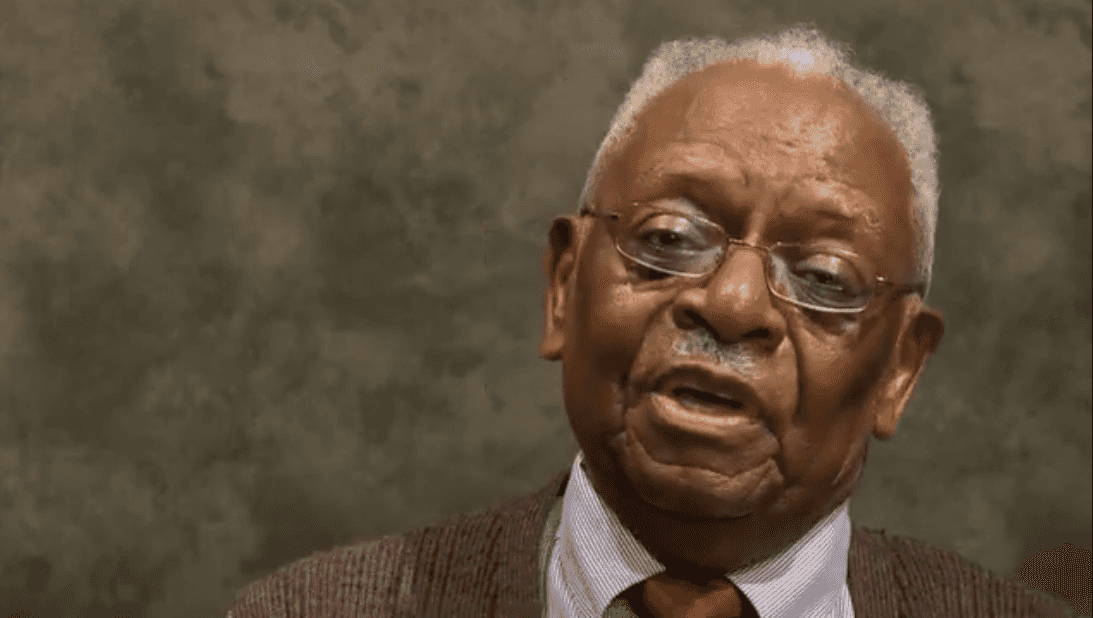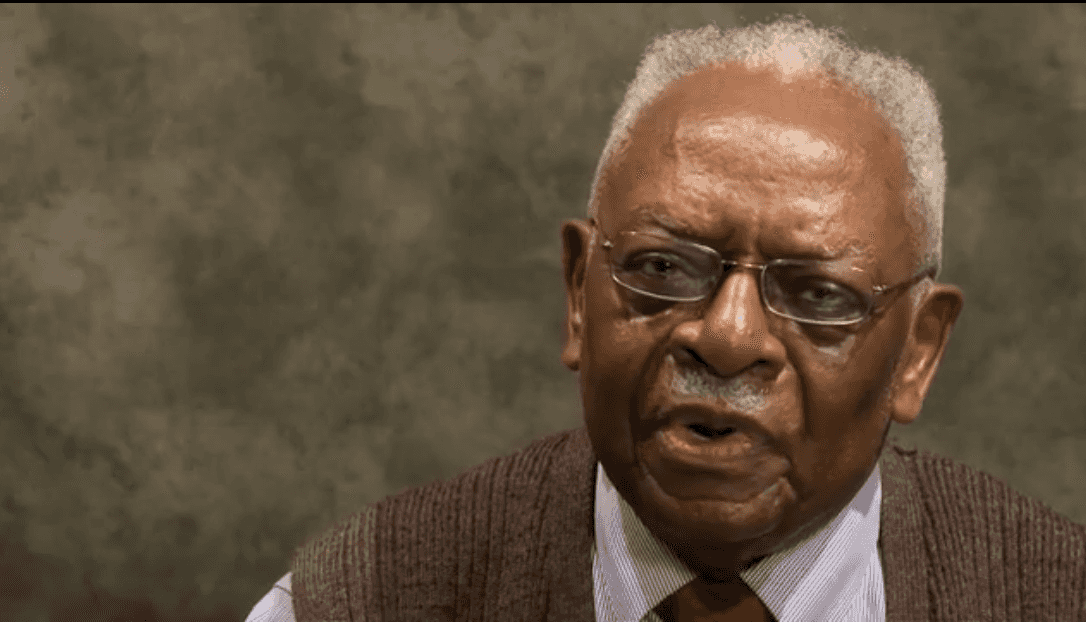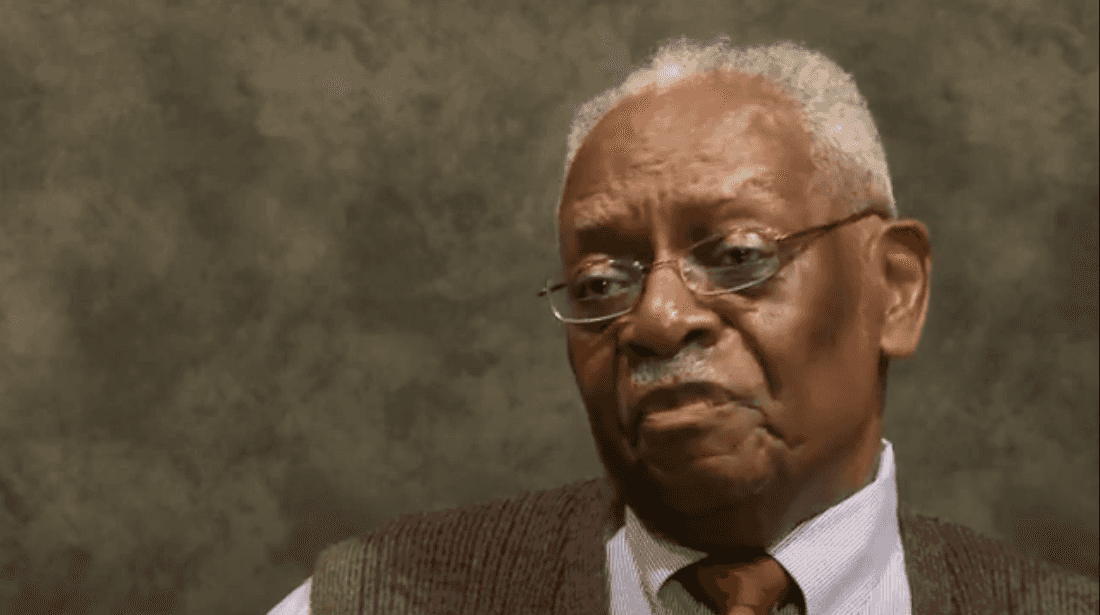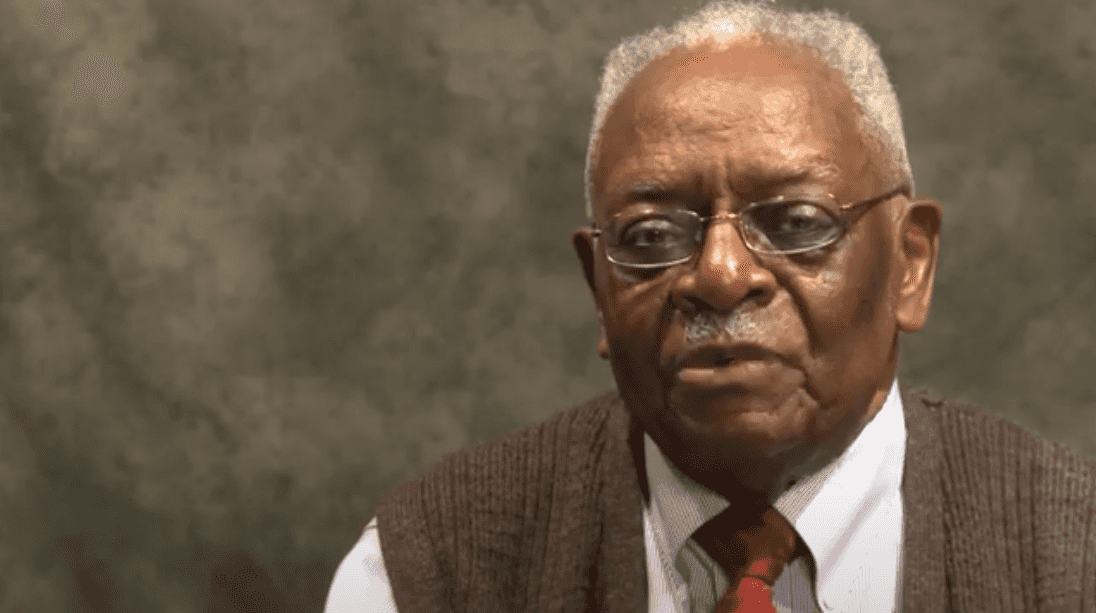Black Newspapers: Issues for the Times
For 200 years, Black newspapers have led the fight for social change while also adapting to changing times.
Journals of Freedom
The First Black Newspapers
Freedom’s Journal, March 30, 1827
The first African American newspaper, Freedom’s Journal, was launched in New York City in 1827 by Samuel Cornish and John Russwurm. In the words of its founders, the newspaper provided a platform for African Americans to “plead our own cause” in advocating for the abolition of slavery and the liberation of Black people worldwide. Though only published for two years, Freedom’s Journal paved the way for the establishment of over 40 Black-owned U.S. newspapers prior to the Civil War. In addition to promoting the antislavery movement, these publications provided readers with local, national, and international news, political debates, biographies of notable individuals, historical articles, coverage of business activities, religious and social events, and notices of births, marriages, and deaths. Together with churches, schools, and fraternal associations, the press became an institutional cornerstone in the development of free Black communities.
To colored women, we have a word—we have ‘broken the Editorial ice’ ... for your class in America; so go to Editing, as many of you as are willing, and able.
Mary Ann Shadd, 1855
Breaking the Ice
Mary Ann Shadd Cary and the Provincial Freeman
Mary Ann Shadd Cary, ca. 1855
First issue of the Provincial Freeman, March 24, 1853
The first African American woman to publish and edit a newspaper, Mary Ann Shadd Cary (1823–1893) used the press to claim a place for Black women in political debates of the 1850s. Born in Delaware to free parents, in 1851 she immigrated to Canada to run a school for fugitives from slavery. She joined other abolitionists who saw emigration to other countries as the best hope for freedom, especially after the 1850 Fugitive Slave Act. In 1853, Shadd launched a newspaper, the Provincial Freeman. Initially she kept her role a secret, concerned that readers might not support a newspaper if they knew it was edited by a woman. By 1855, however, she was openly known as the paper’s “Editress.” Through numerous editorials, she expressed her views on issues of the day, including abolitionism, women’s rights, and emigration, and urged other women to do the same.
The Press for Full Freedom
The Era of Segregation
Sign for The Philadelphia Tribune, early 1900s
Title page of Southern Horrors: Lynch Law in All Its Phases, by Ida B. Wells, 1892
Chicago Defender founder Robert Sengstacke Abbott outside the newspaper office, 1910s
African American newspapers proliferated after the Civil War, with an estimated 575 titles launched between 1865 and 1890. These included some of the first Black-owned newspapers published in the South, where laws had prohibited enslaved people from learning to read and write. In claiming the freedom of the press, African Americans asserted their identities as full and equal citizens. Journalists and newspaper publishers, including activists such as Ida B. Wells, also used the printed page to call out the injustices of Jim Crow and the horrors of lynching. During the late 1800s and early 1900s, as large numbers of African Americans began migrating out of the South to northern cities, newspapers like the Chicago Defender emerged to welcome them. They offered guidance on employment, travel, and housing, fostered social connections, and supported the growth of Black economic and political power in urban communities.
Countering Stereotypes
Charles “Teenie” Harris and the Pittsburgh Courier
Charles “Teenie” Harris Self-Portrait, ca. 1940
Press Camera Used by Charles “Teenie” Harris, ca. 1950
During his 40-year career as a photojournalist, Charles “Teenie” Harris (1908–1998) produced one of the largest and most significant visual records of 20th-century African American life. Many of his photographs appeared in the Pittsburgh Courier, where Harris worked on staff from 1941 to 1975. His pictures accompanied newspaper coverage of weddings, sporting events, charity functions, and other activities. Many of the people and events Harris photographed were in his own neighborhood, the Hill District, the social center of Black Pittsburgh and home to many prominent residents, businesses, and cultural institutions. Harris also documented World War II through an African American lens, including the Pittsburgh Courier’s famous “Double V” campaign, which paired the war to defend democracy abroad with the struggle for civil rights at home.
Click here to browse all Charles “Teenie” Harris photographs in the NMAAHC collection.
Front Page News
The Civil Rights Movement
Dr. King Delivering His Speech
The Civil Rights Movement brought sweeping changes to American life, and also to Black newspapers. While freedom struggles had been front-page news in the African American press from its founding days, the mass demonstrations of the 1960s attracted attention from the mainstream media in unprecedented ways. As the new medium of television brought scenes of protest and injustice into the nation’s living rooms, traditionally white newspapers began hiring Black journalists to cover civil rights and other issues in the Black community. Black newspapers found themselves competing to keep talented Black reporters on staff, while also seeking ways to maintain their print readership in a changing media world.
Moses Newson
Reporting Civil Rights from the Front Lines
Moses Newson (far left) stands outside a Freedom Riders bus burned by white supremacists in Alabama, 1961
Born in Florida in 1927, Moses Newson began his journalism career in the early 1950s as a reporter for the Tri-State Defender, a chain newspaper of the Chicago Defender based in Memphis, Tennessee. In 1957 he joined the staff of the Baltimore Afro-American, where he worked until 1978, first as a reporter and later as executive editor. In a 2011 interview conducted for the Civil Rights History Project, Newson recalled his firsthand experiences covering some of the most memorable events of that era for the Black press, including the murder of Emmett Till, the desegregation of public schools, and the Freedom Rides organized by the Congress of Racial Equality.
We feel the Black community still has an unquenchable thirst for its cultural news, its community news, and that’s what we focus on.
John J. Oliver Jr., Publisher and CEO of the Afro-American Newspapers, 2017
Adapting to Change
The Digital Age
Front page of the Baltimore Afro-American, February 19, 1916
Online edition of The Afro-American Newspapers (The AFRO), October 25, 2005
In the 21st century, Black newspapers have continued to serve the interests of their readers while also navigating new challenges. The internet has become the primary place where Americans get their news, and many print publications have expanded to online platforms or completely shifted to digital publishing. Social media has also provided new opportunities for Black news outlets to inform, advocate, and engage with the community.
One of the first traditional print newspapers to venture into the computer age was the Baltimore Afro-American, popularly known as the AFRO. Founded in 1892 by John H. Murphy Sr., the AFRO has continued to operate under the leadership of Murphy’s descendants for over 125 years. John Jacob “Jake” Oliver Jr., Murphy’s great-grandson, served as publisher and CEO from 1982 to 2018. During his tenure, he led the AFRO’s transition to digital publishing. To learn more about his story, explore the special feature below.
Paper Cutter from the Baltimore Afro-American Newspaper
This 1920s paper cutter, used by employees at the Baltimore Afro-American (AFRO) newspaper for over 70 years, tells a story of family, business, technology, and change. Explore the 3D model to unlock excerpts from a 2017 oral history interview with Jake Oliver, former AFRO publisher and CEO, as he shares his memories of growing up in the newspaper business and leading the company his great-grandfather founded into the digital age.



